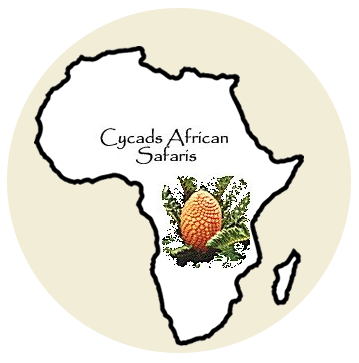Tanzania’s possession of Ngorongoro Crater and Serengeti National Park alone makes a solid case for celebrating it as Africa’s best safari country. Located in the country’s northern safari circuit, they are evocative of Kenya, though on a bigger scale(both in terms of geographical size and an unbelievable density of Big 5 animals and awe-inspiring beauty).You might not have the place all to yourself due to the high number of tourists, especially at migration time. However, you are assured of a phenomenal wildlife experience. Any time of year is great, unless you visit in rainy April.
This classic safari circuit is also home to Lake Manyara, a scenic game reserve almost uninterrupted. It is famed for its flamingos, tree-climbing lions and Rift Valley scenery.
Other diverse attractions that make for an incredible safari itinerary in this region include Africa’s highest mountain (Kilimanjaro), the historical and cultural hub of Zanzibar, the exclusive Grumeti and elephant-rich Tarangire.
But, of course, Tanzania has a lot more to offer than just the northern circuit. The less visited southern and western hemispheres are like different wildlife conservation areas in their own right. Their excellent species diversity and evocative acacia- and baobab-studded landscapes is unforgettable. At Nyerere (formerly Selous), Mukumi and Ruaha, you get a real chance of seeing not just wild dogs, but also some of the less common antelopes such as lesser and greater kudu. National parks in the southern circuit are quite popular for their walking and boat safaris, which come as a great addition to standard game drives. If you are a safari connoisseur who wants an escape in search of wildlife without the crowds, this is the place to be. It is far less visited and espouses a powerful sense of wilderness and wildness.
Tanzania is also one of Africa’s most rewarding primate tracking destinations of Africa. Its third circuit contains Gombe Stream and Mahale Mountains, as located on the shore of Lake Tanganyika. Both offer qualitative encounters with chimpanzees in their natural habitats, tropical rain-forests to be exact. You won’t regret combining a tour of them with a visit to the remote Katavi National Park, a gem whose seasonal rivers teem with healthy populations of hippos and crocodiles.
No tourist in their sound mind state wants to visit an unsafe destination, luckily Tanzania is safe. This is one of the things that it an A-list place to visit. Its political situation is generally stable and what’s more, its people have earned a reputation for the warm welcome they extend to visitors.
The best part of the story is that all its parks are easily accessible via paved roads or regular flights known as flying safaris. It doesn’t matter whether you are a budget; midrange of ardent fan of luxury, each destination has a wide range of good accommodation facilities to choose from.
Best time to visit
The dry season from late June to October offers a more worthwhile wildlife viewing experience. During this time, animals congregate around the few waterholes and season rivers to cool off, thereby providing fruitful encounters for travellers. In contrast, they usually dwell in very distant pockets of peace during the wet season thus making game viewing quite frustrating.
The wildebeest migration in the Serengeti usually unfolds from late October down to early June. Close to two million wildebeest and thousands of other animals prefer to dwell in the park during this time due to plenty of food. This soon runs out by June, prompting those animals to migrate north to the Masai Mara.
